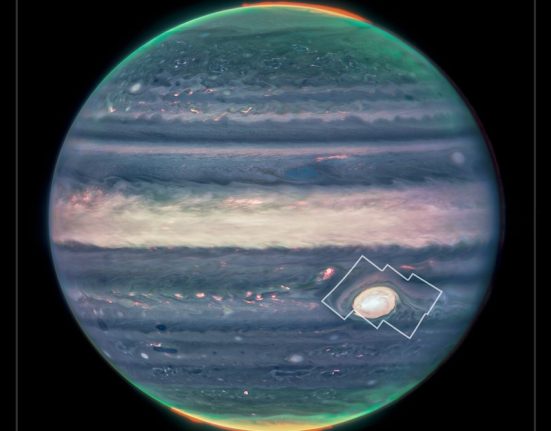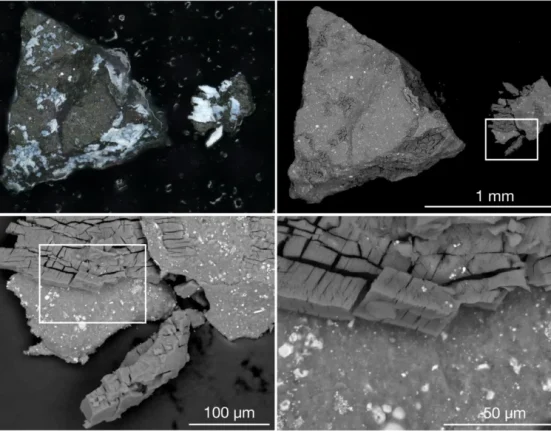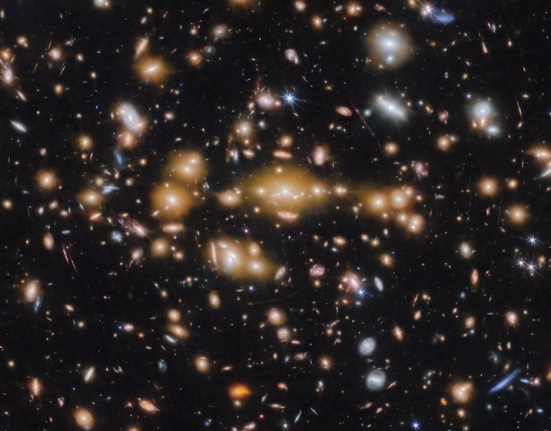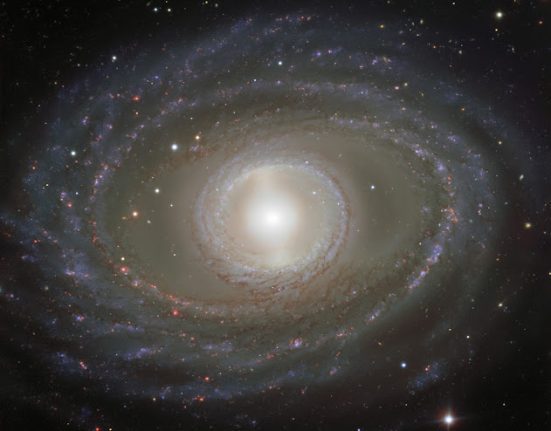Crews aboard the International Space Station angled the camera specifically to capture this panorama of Hawaii's Kilauea volcano (left image) with the long swirls of volcanic gases (top half of the image) floating westward from the volcano. Astronauts are trained to take oblique images of hard-to-see atmospheric haze by shooting obliquely to improve visibility. Gas haze, called vog, a combination of fog, smog and volcanic, is well known in Hawai'i and is defined as “a form of air pollution that results when sulfur dioxide and other gases… emitted by “The erupting volcano reacts with oxygen and moisture in the presence of sunlight.”
Here the vog haze is carried hundreds of kilometers downwind of the volcano (for scale, the Big Island is 137 kilometers, 85 miles, long). In this unusual view, the vog forms a series of subtle but distinct alternating swirls (arrows) known as von Karman vortices, a favorite subject for the team's photography. Eddies form under specific conditions of high atmospheric pressure and relatively slow wind speeds. They typically develop in clouds downwind of islands, as shown in many astronaut cloud pattern images. Astronauts often capture images of vog haze, but few show the swirling phenomenon.
Image credit: NASA
Explanation from: https://eol.jsc.nasa.gov/SearchPhotos/photo.pl?mission=ISS042&roll=E&frame=281151














Leave feedback about this